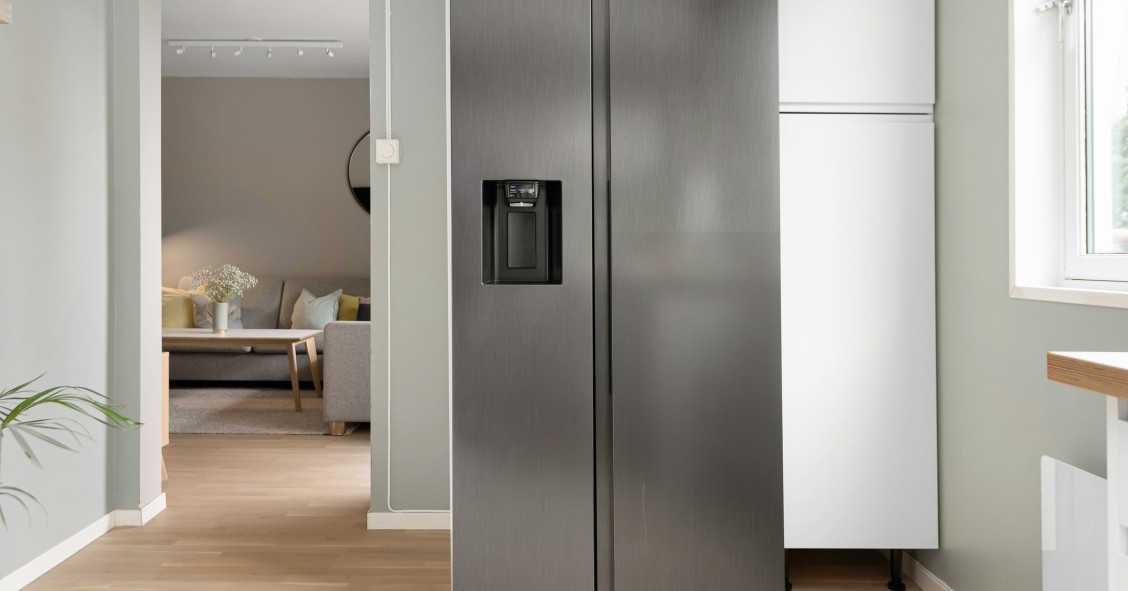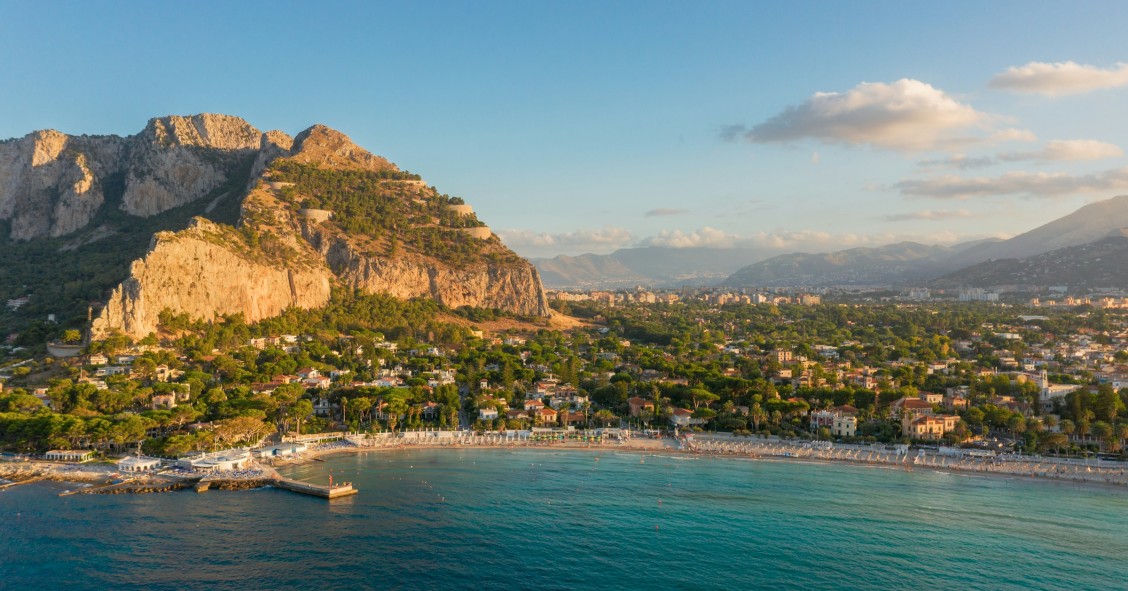
If you’re planning to buy property in Italy, whether a charming villa in Tuscany or an apartment in Milan, having an Italian bank account is essential. It simplifies transactions, allows you to pay taxes and bills, and makes managing your real estate investment much easier. Here’s a step-by-step guide for foreigners on how to open a bank account in Italy.
Why you need an Italian bank account
Foreigners moving to Italy buying property in the country often underestimate the importance of a local bank account. Here’s why it’s crucial:
- Property payments: Most property transactions require funds to be transferred from an Italian bank.
- Mortgage access: If you’re taking out a mortgage in Italy, local banks will want a resident or non-resident account.
- Utility bills and taxes: Paying utilities, condominium fees, and local taxes is easier with an Italian account.
- Convenience: Avoid high fees on international transfers.
Types of bank accounts in Italy
There are two main types of bank accounts for foreigners in Italy:
Resident bank account
- Available if you have legal residency in Italy.
- Offers full banking services, including loans, credit cards, and mortgages.
Non-resident bank account
- Available for non-residents or those who plan to stay temporarily.
- Usually has fewer services but allows you to receive and transfer funds easily.
Documents you need to open a bank account in Italy
Italian banks require the following documents to open an account:
- Valid Passport or EU Identity Card
- Codice fiscale (Italian tax code) – essential for all financial and legal transactions.
- Proof of address – either in Italy or in your home country, depending on the bank’s requirements.
- Visa or residency permit – for non-EU citizens, depending on the account type.
Tip: You can request your Codice Fiscale from the Italian Revenue Agency or your local consulate before arriving in Italy.
Steps to open a bank account in Italy
- Choose a bank
Major banks like UniCredit, Intesa Sanpaolo, and Banca Monte dei Paschi di Siena are popular among foreigners. Consider fees, online banking options, and branch availability. - Make an appointment
Many banks require an in-person appointment, especially for non-residents. Some banks also offer English-speaking staff. - Submit documents
Provide the documents listed above. The bank may also ask about your income source and intended use of the account. - Deposit initial funds
Most banks require a minimum deposit to activate your account, typically around €100–€500. - Receive your bank details
You’ll get a debit card (Bancomat) and online banking access. Some banks also offer credit cards, though eligibility depends on your residency status and income.
Online banking and international transfers
For foreigners, online banking is particularly useful. It allows you to:
- Pay utility bills and taxes remotely
- Transfer funds between your home country and Italy
- Track mortgage payments and property-related expenses
Make sure the bank supports English online banking, especially if you don’t speak Italian fluently.
Common challenges for foreigners
- Language barrier: Many banks offer limited English support, so consider a bilingual adviser.
- Documentation: Non-EU citizens may face stricter documentation requirements.
- Fees: International transfers and monthly account fees vary. Compare banks to find the best option.
Opening a bank account in Italy is a crucial step for anyone buying property in the country. By preparing your documents in advance, choosing the right type of account, and understanding the process, you can manage your Italian real estate investment smoothly and efficiently.







